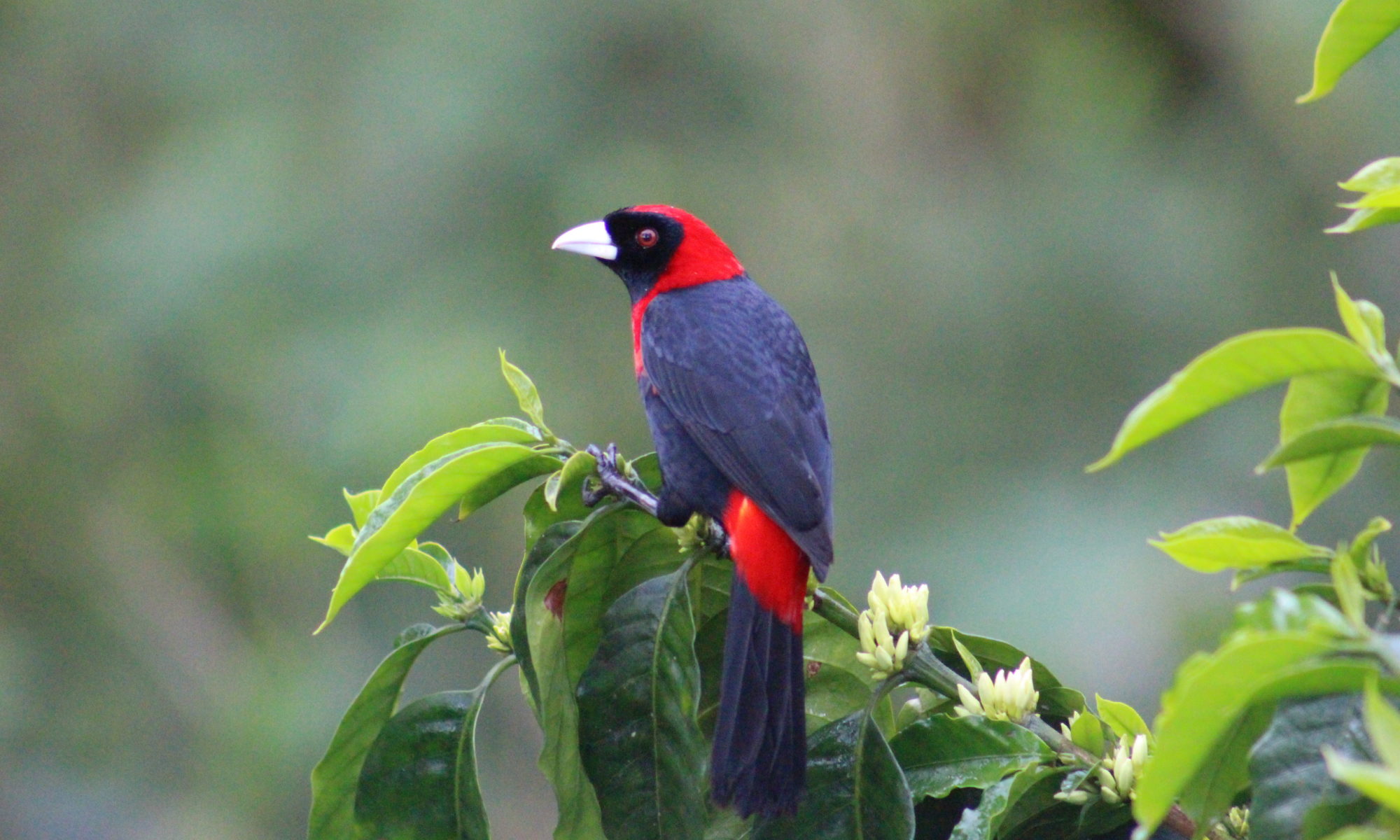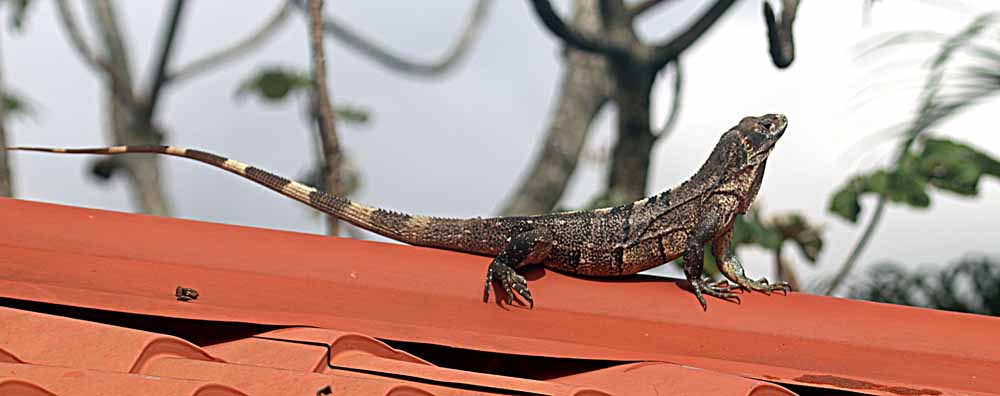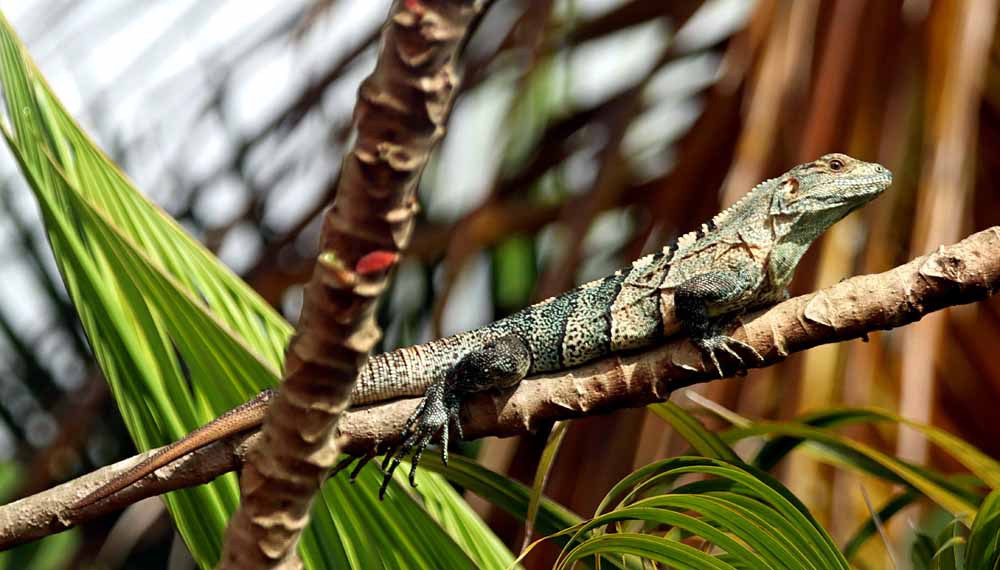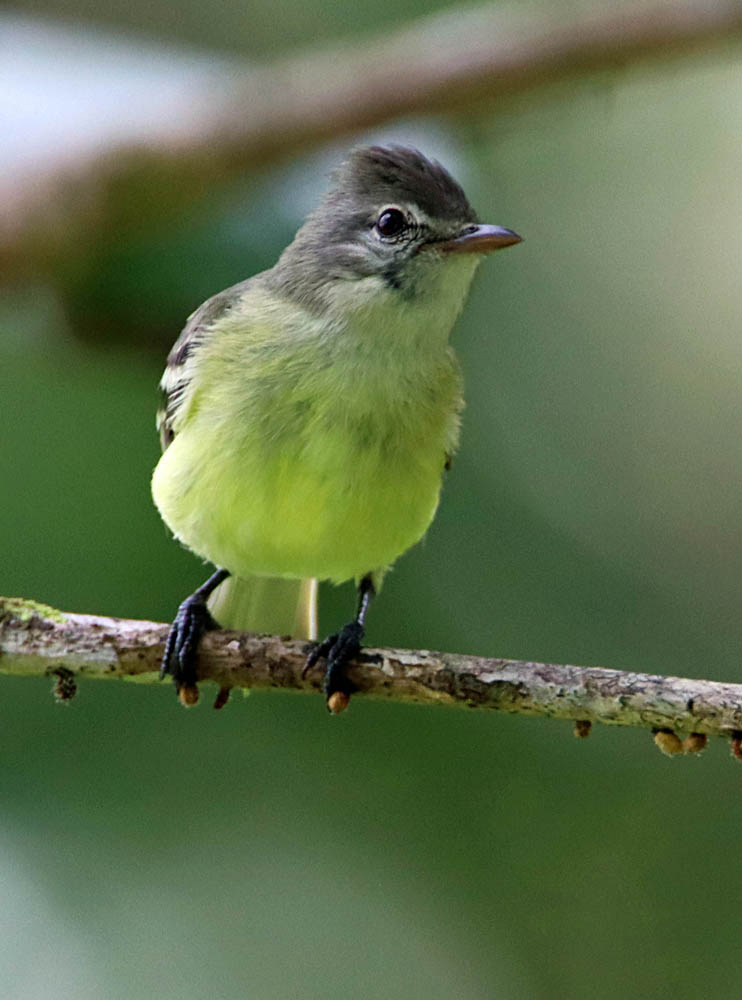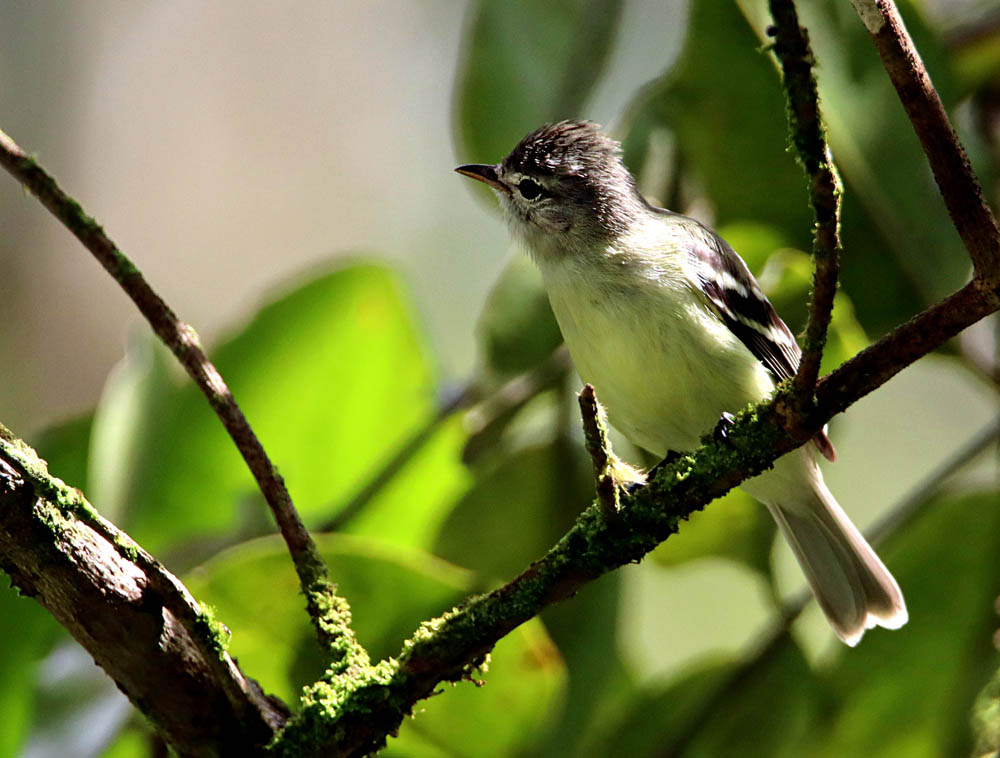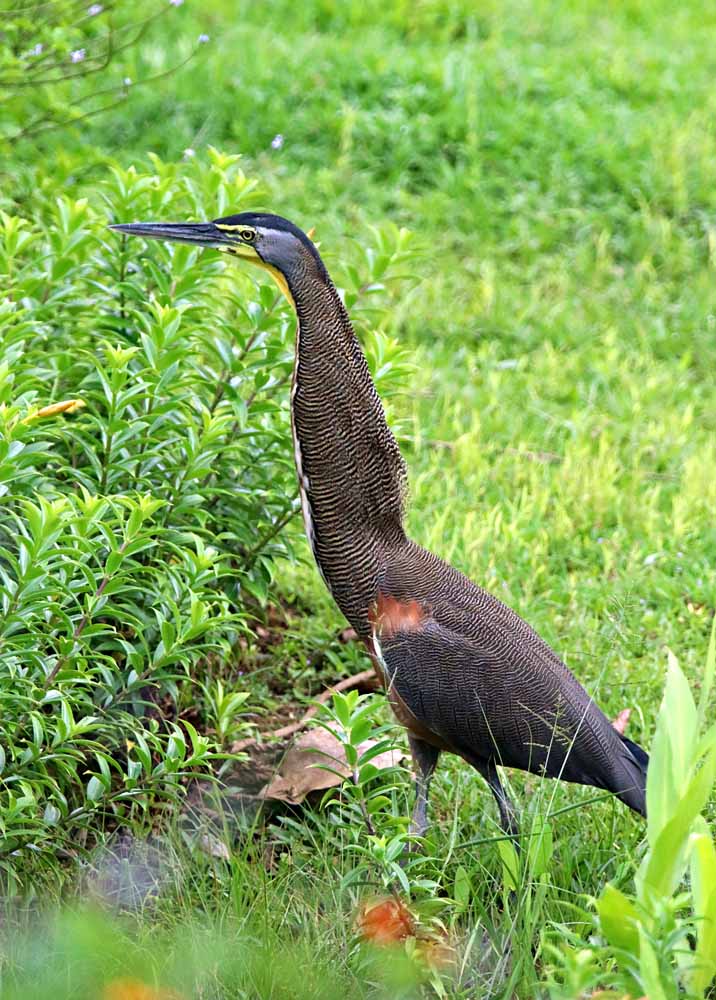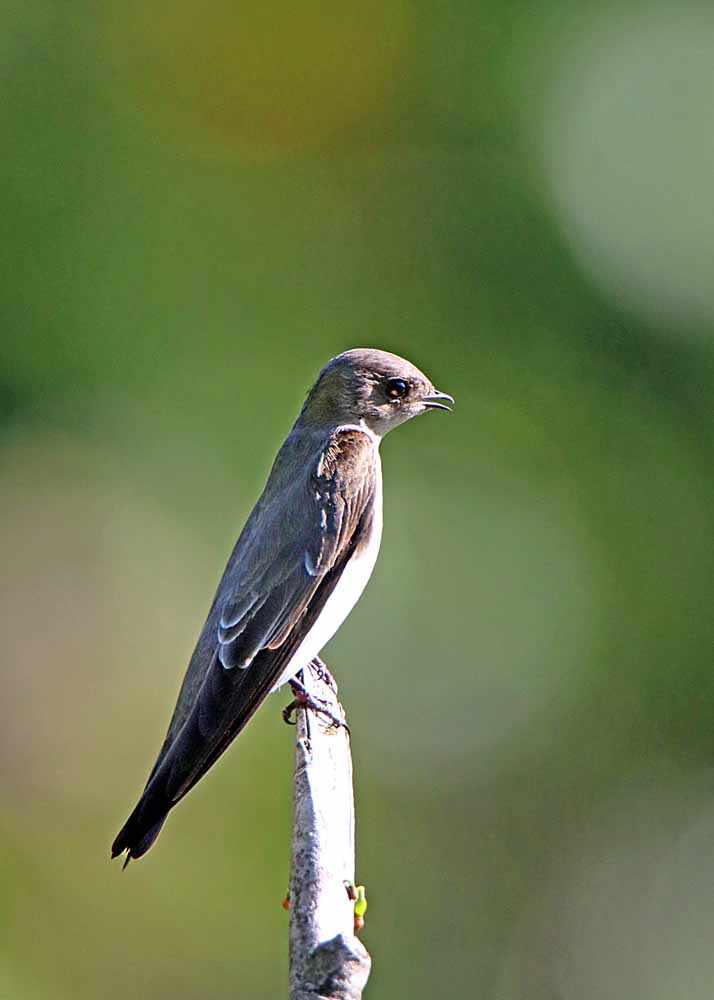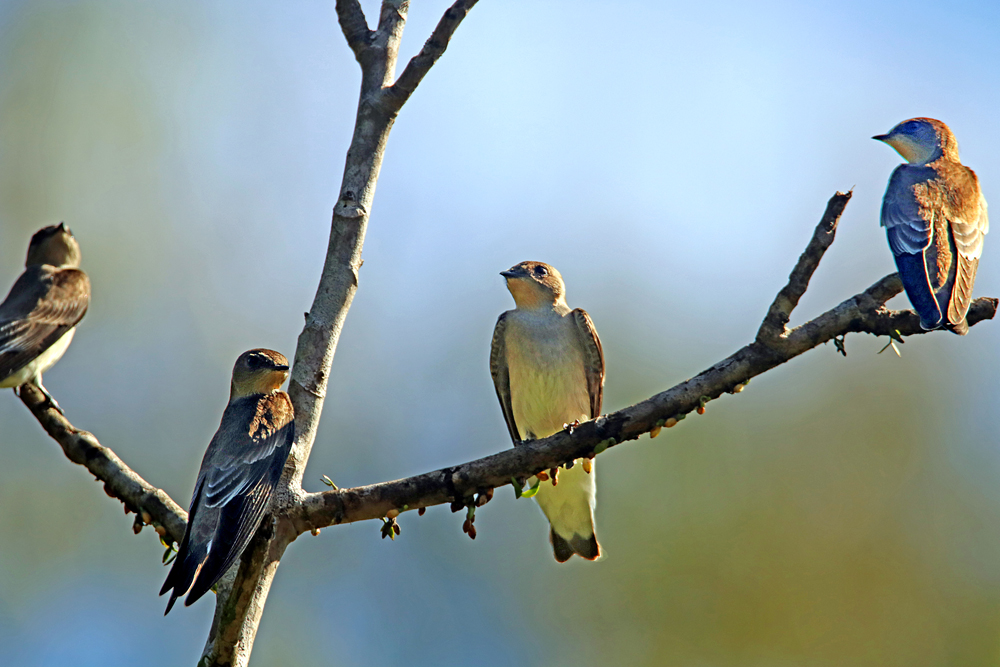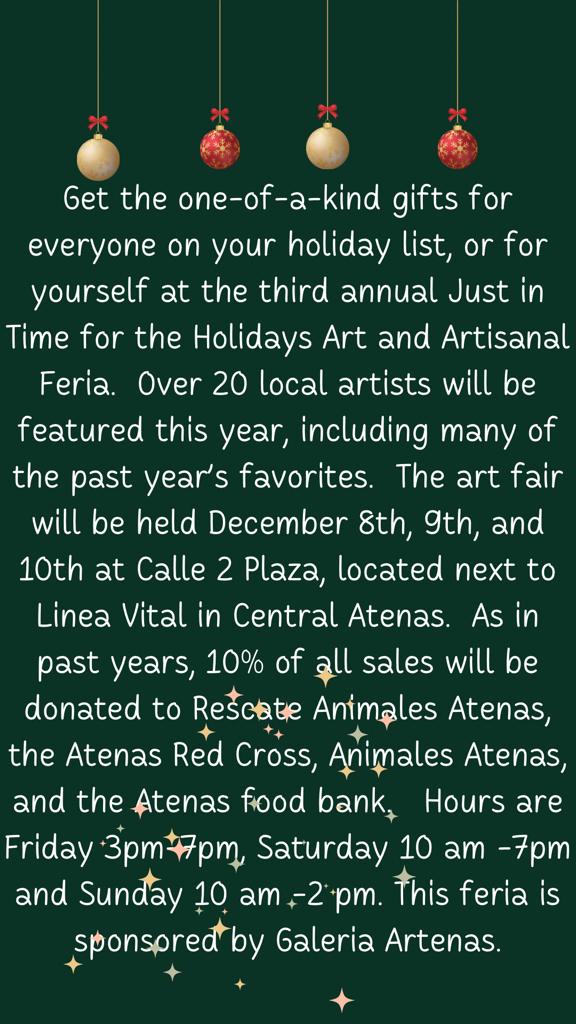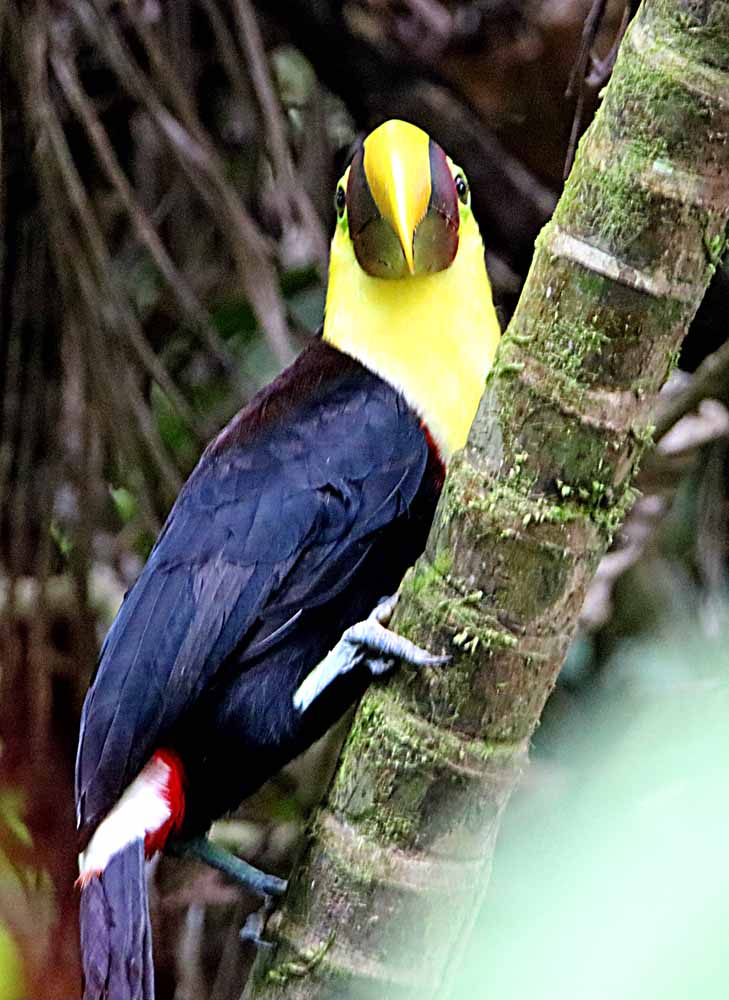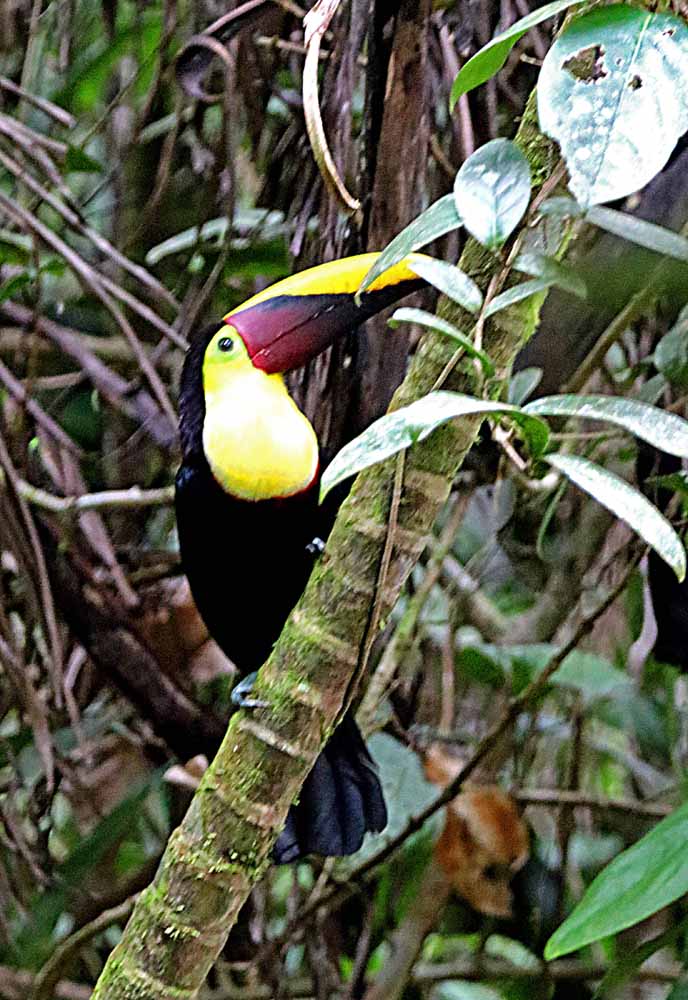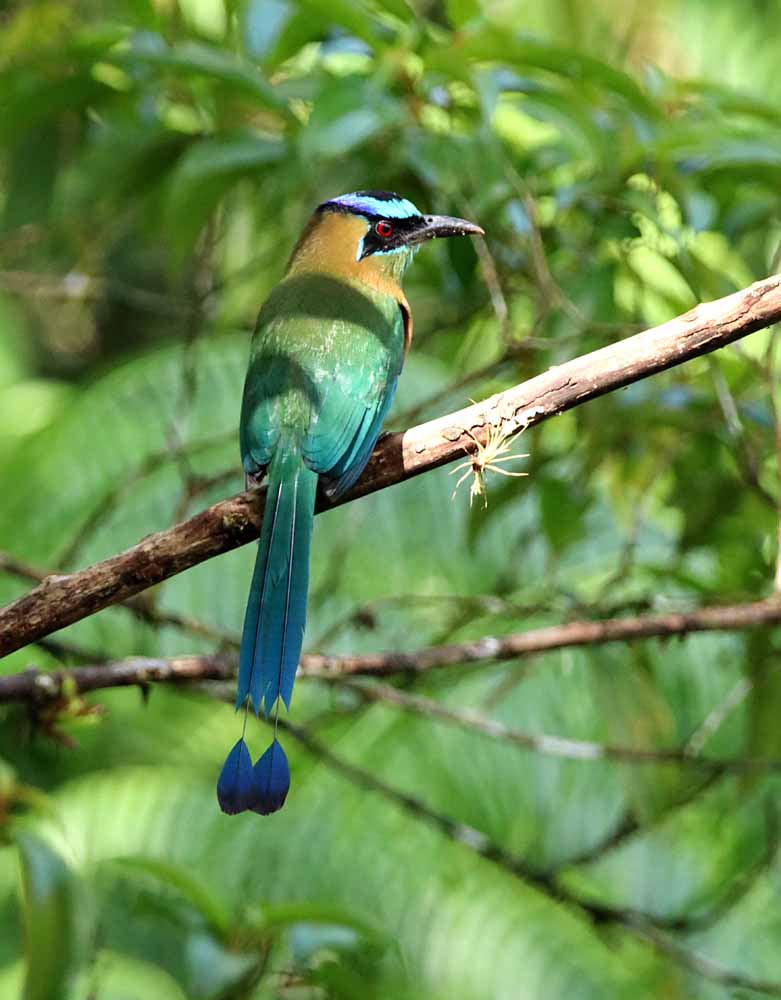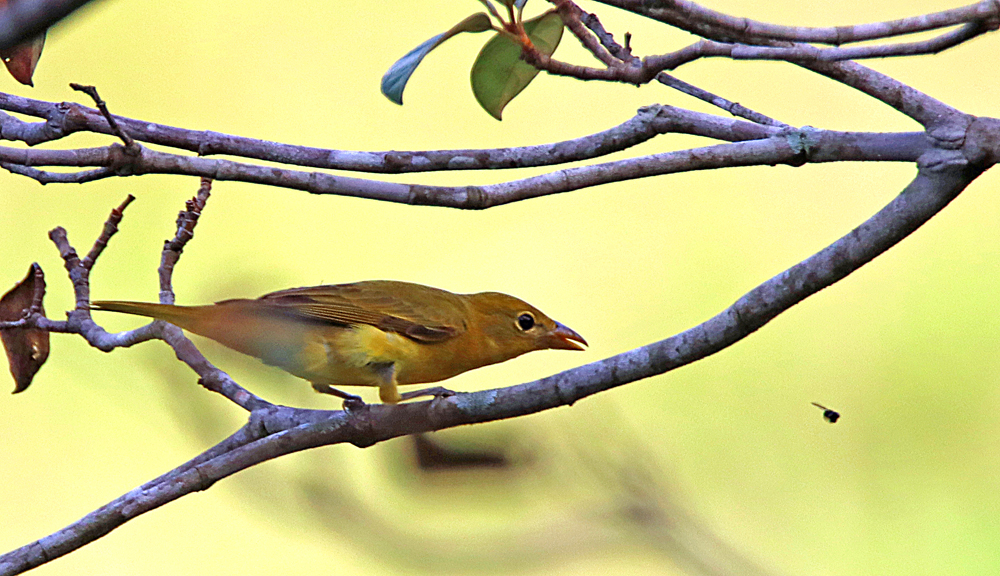She was in the early morning shadows at breakfast on my terrace, thus poor photos, but I had to share since it’s the first Yellow Warbler I’ve gotten in a long time, maybe this year, though usually more common. There can be both local residents and migrants from the north, with this one being an adult female, meaning I can’t tell since both local and migrant females are the same, while males are different with the male in CR having a rusty-red head. There is also a CR Mangrove Warbler that is almost identical, but it only lives in the Mangroves along the coast, thus never here in Atenas in the Central Valley, while the Prothonotary Warbler can be in both locations but is a little more distinct or never confused with this one.
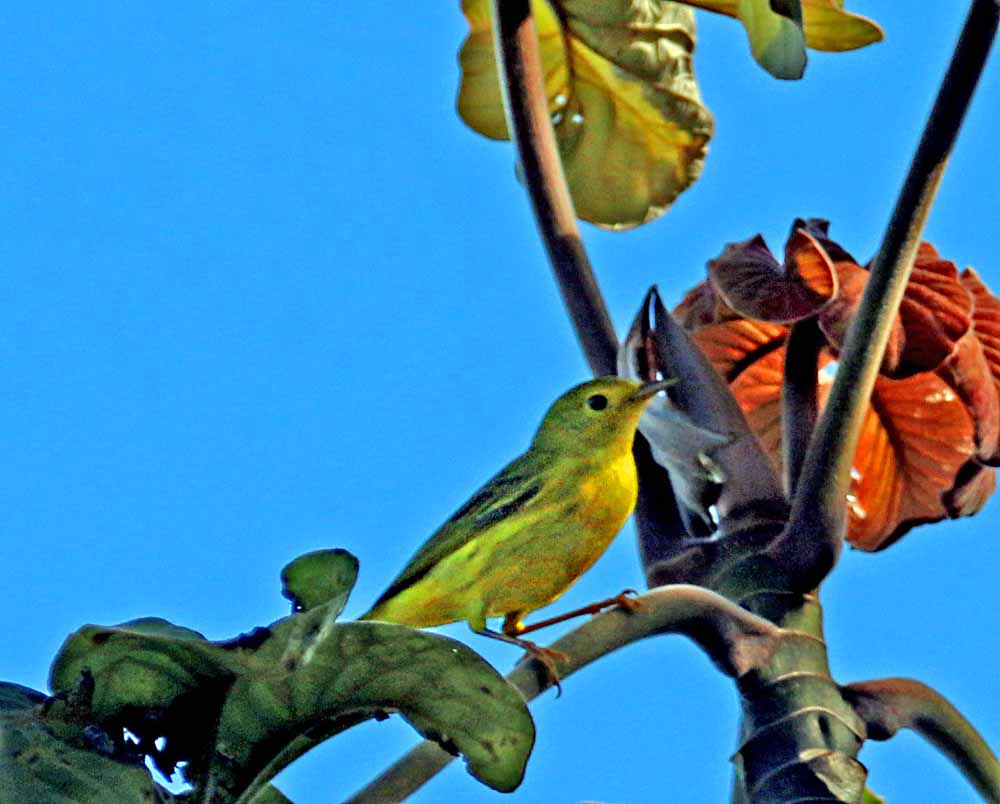
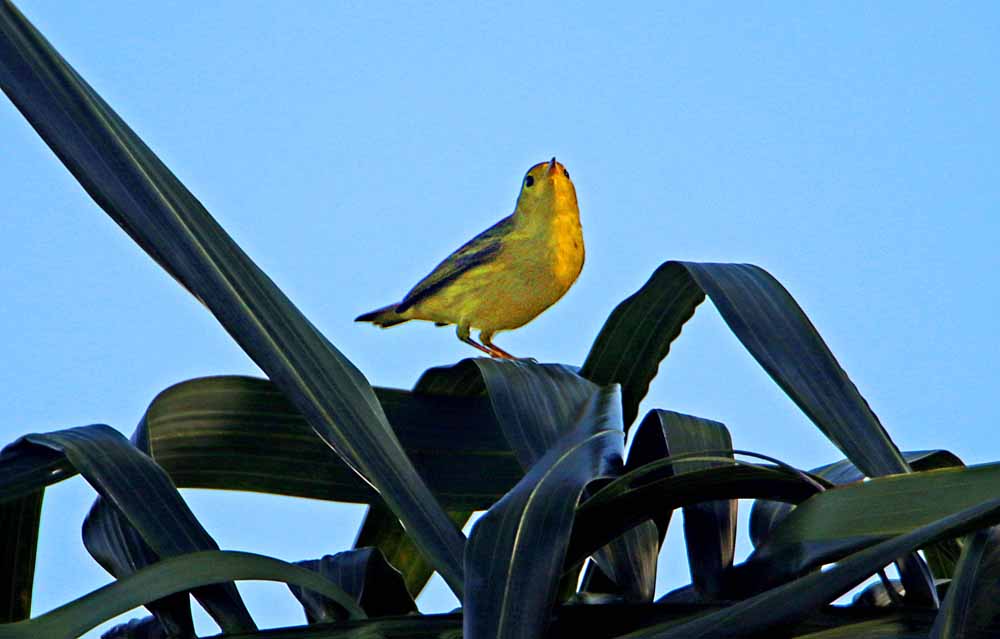
See more in my Yellow Warbler GALLERY.
¡Pura Vida!
